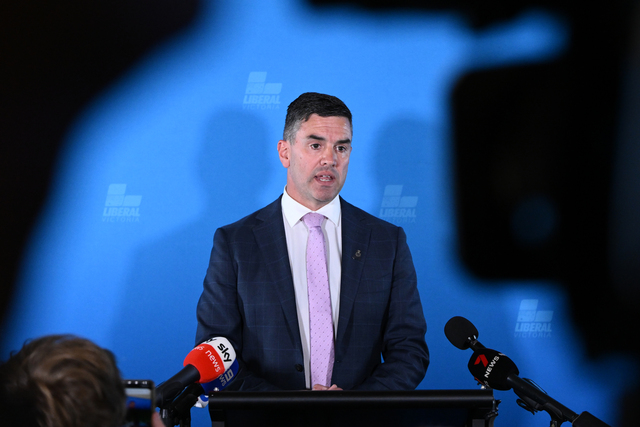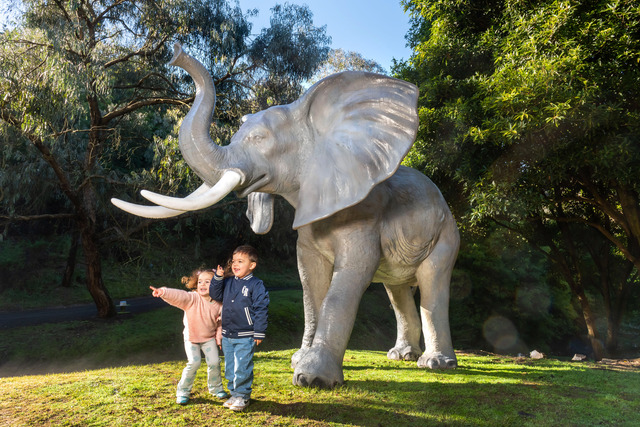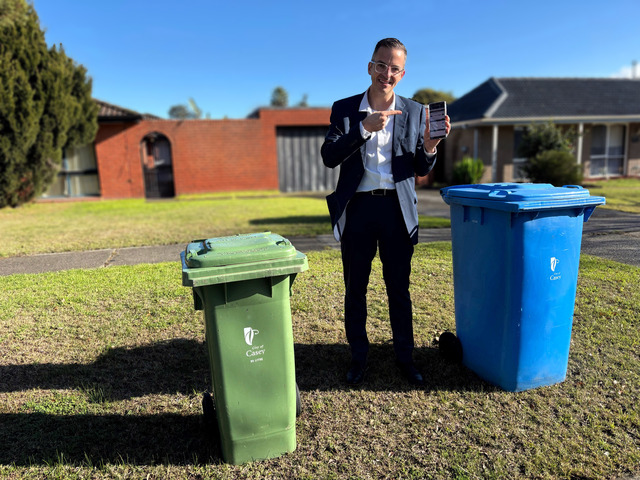By Bridget Brady
THE Cranbourne Turf Club is working with major stakeholders to have the Cranbourne Training Centre redeveloped and ready for racing by August 2011.
Chief executive Neil Bainbridge said the club was on track to have works begin at the training centre in about six months to create world-class facilities.
Under Racing Victoria’s blueprint for the future, the number of race meets in Cranbourne will reach more than 42 a year, major upgrades will take place to the tracks to enable race meets to be relocated from the current site to the training centre and lights will be installed for night racing.
Mr Bainbridge said the upgrades would take racing facilities in Cranbourne to another level, open it up to the world stage and make it the largest training centre in the southern hemisphere.
“We can produce a high-profile product shown nationally and internationally to expose racing here and entertain Cranbourne and the City of Casey to a much wider audience,” he said.
“It is quite exciting.”
The redeveloped racing facilities would see the racing industry inject $200 million annually into the local economy and create up to another 550 jobs.
Mr Bainbridge said the club was in discussions with the City of Casey and the other racing codes to develop a master plan to cater for long-term racing needs.
“It won’t just be restricted to the thoroughbred industry.
“We will continue to work with the other codes and what their visions and plans are for the future so we have an agreed common goal and direction to create the best possible outcome for the entire racing industry in Cranbourne,” he said.
Mr Bainbridge said the redeveloped precinct could seat up to 750 people and be a worthy stage for major events.
“It is an outstanding location in the heart of a major growth corridor and easily accessible by road and rail,” he said.
Mr Bainbridge said the Cranbourne Turf Club had to hold up its end of the bargain by developing state-of-the-art customer facilities at the training centre site.
He estimated $10 to $15 million would be spent in the next 12 months on the works.
Cranbourne takes racing to the world
Digital Editions
-

Battin critical of government response to alleged childcare sex offender
This article includes details of alleged child sexual offences that could be distressing to readers. Berwick MP and opposition leader Brad Battin has been critical…





